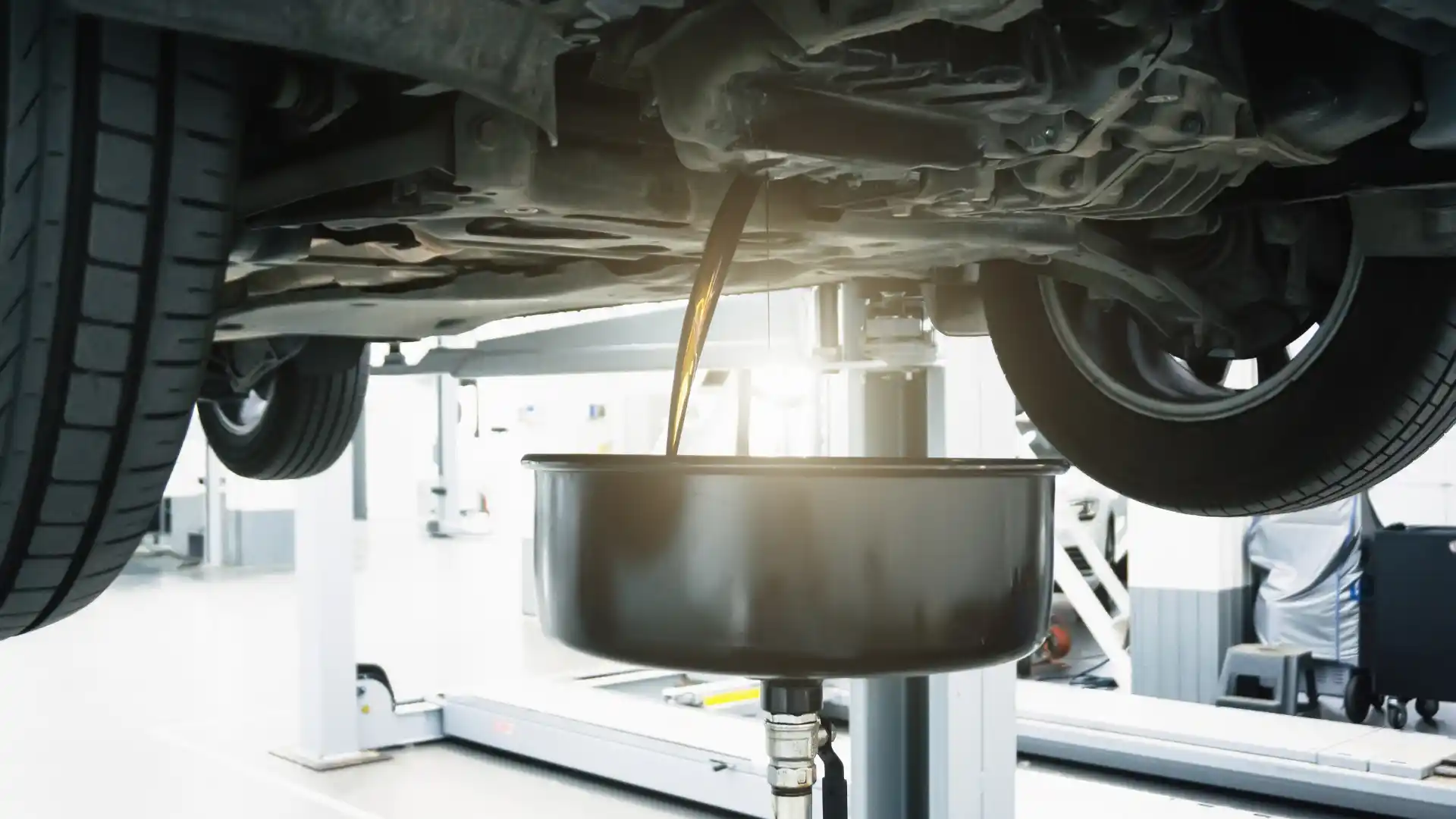
Regular oil changes are one of the simplest, most cost-effective ways to keep your vehicle running smoothly. Despite how easy it is to neglect this basic maintenance task, doing so can lead to serious engine problems, reduced fuel efficiency, and costly repairs down the road. Whether you're new to car maintenance or just looking to understand what goes into an oil change, this guide will walk you through the process step by step — and explain why it matters.
Motor oil is critical to the health of your engine. It serves several vital functions:
1. Lubrication:
Engine parts move at high speeds and are subject to constant friction. Oil forms a lubricating layer between components, preventing them from grinding together and causing wear.
2. Cooling:
As oil circulates through the engine, it absorbs heat from moving parts. Old, degraded oil loses this ability and can contribute to overheating.
3. Cleaning:
Oil picks up dirt, carbon, and metal particles over time. Clean oil helps carry these contaminants to the filter, where they’re trapped. When the oil becomes too dirty, it can no longer perform this function effectively.
4. Corrosion Prevention:
Oil contains additives that prevent rust and corrosion within the engine. These additives wear out over time and need to be replenished through regular oil changes.
Ignoring oil changes for too long can lead to oil sludge buildup, loss of engine efficiency, or even total engine failure.
Most vehicles today require an oil change every 5,000 to 7,500 miles, but this varies based on the type of oil you use (conventional, synthetic blend, or full synthetic), your driving conditions, and the age of your car. For instance, if you regularly drive in extreme heat or cold, tow heavy loads, or make lots of short trips, you may need to change your oil more frequently.
Always consult your owner’s manual for the manufacturer’s recommendation.
Changing your oil at home can save you money and give you better control over the quality of parts and oil you use. Here’s how to do it yourself safely and effectively.
1. Warm Up the Engine
Start your car and let it run for about five minutes. Warm oil flows more easily, allowing it to drain completely.
2. Raise the Vehicle
Use ramps or a jack and jack stands to lift the car. Ensure the vehicle is parked on a level surface and the parking brake is engaged. Never work under a car that is only supported by a jack.
3. Locate and Remove the Oil Drain Plug
Slide under the engine and locate the oil drain plug — usually a large bolt on the bottom of the oil pan. Place your catch pan underneath. Use a wrench to remove the plug and allow the oil to drain completely. This could take 5–10 minutes.
4. Remove the Old Oil Filter
Locate the oil filter. Use an oil filter wrench to remove it. Be prepared for more oil to drain when the filter is removed. Before installing the new filter, apply a thin layer of fresh oil to the rubber gasket on the new filter. Screw the new filter on by hand until snug — do not overtighten.
5. Replace the Drain Plug
Once the old oil has drained fully, reinstall the drain plug and tighten it securely with your wrench.
6. Add New Oil
Pop the hood and locate the oil fill cap on top of the engine. Using a funnel, slowly pour in the new oil. After adding most of the recommended amount, check the dipstick to make sure you’re close to the full mark. Top off as needed, but do not overfill.
7. Start the Engine and Check for Leaks
Start your car and let it run for a couple of minutes. Look underneath the car to ensure there are no leaks from the filter or drain plug. Turn the car off and wait a few minutes, then check the oil level again and add more if necessary.
8. Dispose of Old Oil Properly
Used motor oil is toxic to the environment. Do not pour it down a drain or into the trash. Most auto parts stores and local recycling centers will accept used oil and filters free of charge.
Routine oil changes are essential for keeping your vehicle reliable, fuel-efficient, and long-lasting. Whether you take your car to a mechanic or do it yourself, the key is to stay consistent and follow your manufacturer’s recommendations. Performing your own oil change can be a rewarding and empowering experience, and with the right tools and precautions, it's well within reach for most car owners.
If you're not comfortable doing it yourself or simply want to save time, schedule an appointment with a trusted local shop. Either way, don’t skip it — your engine depends on it.
At Ceglarz Auto Repair & Sales, located right in New Britain, CT, we specialize in helping Connecticut drivers stay ahead of engine problems. Our team doesn’t just rely on software to run diagnostics—we listen to your concerns and use our hands-on expertise to make sure your vehicle is running exactly how it should be. Whether you're a daily commuter, a college student, or a local resident who just wants a reliable ride, we’re here to help you drive with confidence.
If you’re searching for car engine tune-up near me, look no further than Ceglarz Auto Repair & Sales in New Britain, CT. Our expert team is here to ensure your vehicle performs at its best.
📞 Call us at (860) 224-3532 or
📍 Visit our shop at 581 W Main St, New Britain, CT 06053 to schedule your car engine tune-up today.



